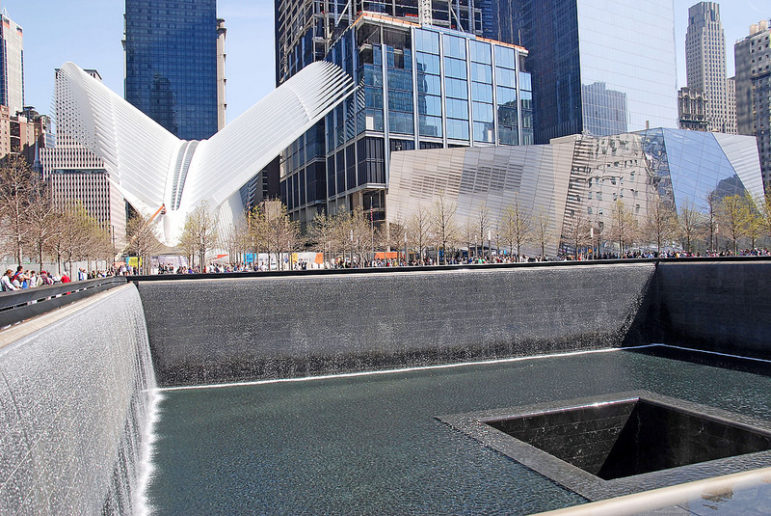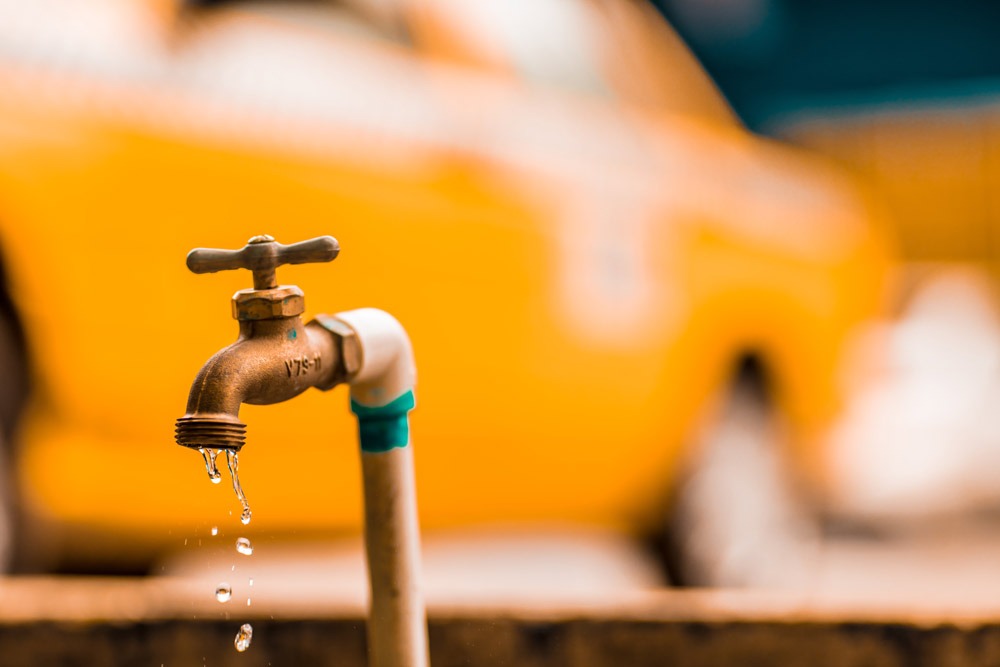
July 14, 2016; New York Times
Since opening at Ground Zero in 2014, thirteen years following the terrorist attack, the National 9/11 Memorial and Museum has served as a reflection on the aftermath of the attack, remembering the nearly 3,000 victims who died fifteen years ago. The museum includes historical artifacts from the day, as well as exhibits exploring how the world has changed since the attack. To expand its scope, the museum will be holding its first art exhibition, presenting thirteen artists’ responses to the terrorist attack.
Opening September 12th, the thirteen artists and their pieces were chosen for “Rendering the Unthinkable: Artists Respond to 9/11” because of their many shared commonalities. Each of the artists is from New York, some were living in Manhattan at the time of the attack, and many lost loved ones on that apocalyptic day.
Each work of art will resonate deeply with anyone who continues to hold onto the traumatic memories from the attacks. For example, Manju Shandler’s “Gesture” is a nearly 3,000-piece painting installation, with each piece poignantly representing a person that died on 9/11, from the on-the-ground First Responders to the pilots in the hijacked planes.
Some artists focus on the sky and how the impact of the attack was evidenced in the air. For example, the image of floating, fire-tinged paper and billowing dust clouds appears in several pieces. Donna Levinstone’s pastel piece “Eternal Rest” captures the smells that hung in the air and the clouds that came to rest after the towers were destroyed.
Other pieces evoke more contentious moments. Those who remember the media coverage of the attacks will be aware of the controversy publications and news stations experienced as they debated how to handle images of individuals jumping from the towers. Eric Fischl’s “Tumbling Woman,” a bronze statue, captures the moment as a woman crashes into the ground, memorializing the men and women who were forced to take their own lives before suffocating in smoke or being incinerated. Fischl told the New York Times the jumpers’ deaths represented “the clearest illustration of the level of horror.”
Sign up for our free newsletters
Subscribe to NPQ's newsletters to have our top stories delivered directly to your inbox.
By signing up, you agree to our privacy policy and terms of use, and to receive messages from NPQ and our partners.
The woman’s arm is extended, according to the exhibition description, in “a gesture of connection” with the viewer. “I extended the arm of the woman,” Fischl said, “because I had this fantasy that if this sculpture is out in public people will reach out and grab the hand—almost in an attempt to connect and also maybe to slow the tumbling down.”
While the piece is on loan now from the Whitney Museum, it was originally thought to be too disturbing to display in 2002 at the Rockefeller Center and was ultimately removed.
Along with its permanent historical exhibits, museum officials and curators had always intended for there be temporary exhibits to encourage visitors to return and re-experience the museum. “There was always the idea that the museum would have a series of temporary exhibits,” said museum director Alice M. Greenwald. “It’s a way to bring people back to the museum for a second time, and it’s a way to bring in people who might not choose come otherwise.”
As NPQ reported several months ago in its nonprofit newswire, the demographic the museum has most significantly failed to attract are those who experienced the trauma firsthand. In the two years since the museum opened, only 20 percent of visitors are locals from the tri-state area, which comprises New York, New Jersey, and Connecticut. According to a survey by the Wall Street Journal, a frequently cited reason for local residents avoiding the museum was because respondents did not want to relive the day. Hailing from New Jersey myself, the hours we spent wondering whether my father, who works next to the World Trade Center, had survived certainly deterred my family from visiting the museum and revisiting that violent cataclysm.
However, given that the curators intentionally chose artists who are from New York and some who were in the city at the time of the attacks, the exhibition has an authentic sentiment that help those most affected to overcome their foreboding of visiting any physical remembrance. The artistic renderings of such difficult emotions shared by many in the area may soften the impact of reopening those wounds.
“These are not easy stories,” said the executive director of the Oklahoma City National Memorial & Museum, Kari Watkins, remarking on how museums cope with memorializing events like 9/11, the Holocaust, and the attack on Pearl Harbor. “It’s very hard to get people to understand that it’s OK to come and deal with this story and relive those emotions. It’s OK to relive bad days in your life, because that’s what makes you stronger.”—Shafaq Hasan













